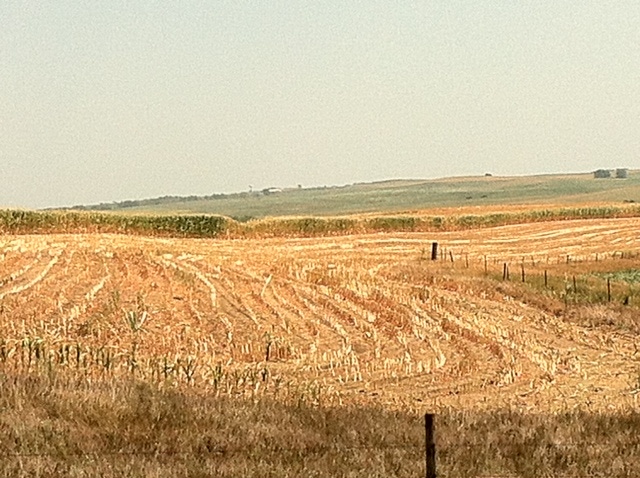
Corn grower leaders in Iowa found no major surprises in USDA’s Aug. 10th estimates for the 2012 corn and soybean crops.
“I’m not real surprised by the numbers,” reported Kevin Ross, Iowa Corn Growers Association (ICGA) president. “We are still over a 10 billion bu. crop, which is above some early 2000 crop numbers. There is definitely still a lot of corn.”
Dick Gallagher, a farmer from southeast Iowa, adds that it is “hard to absolutely determine the crop size because the weather for the rest of the season will make a difference on kernel size.”
The Iowa growers agreed that variability was the best description for the corn crop in the state. North central Iowa grower Deb Keller said the area has crops that are green and in a regular growth cycle to crops that are brown. Other crops have suffered hail damage and are flattened.
Gallagher adds that in his area, corn planted very early has done better than corn planted later.
Northwest Iowa grower Bruce Rohwer says, “Our crop is highly variable, too. Some lighter soils have zeroed out and the deeper soils are doing remarkably well. With the heat we received, it is absolutely phenomenal we have any yield at all. It is remarkable how much potential is still there.”
The farmers credit improved crop genetics for helping produce this major crop in spite of the drought. “I remember the 1988 drought very well,” states Gallagher. “We have better (crop) technology. If we didn’t it would be much more severe.”
Also helping growers weather the drought will be crop insurance. “We have a better insurance program than we did (in the past),” adds Ross. “We won’t be in as bad of a situation going into next year as I would have been.”
In fact, the growers still plan to move ahead with some plans for improvement even with the drought. “I have some soil conservation plants, tiling and other projects I’d like to do,” reports Gallagher, past chair of Iowa Corn Promotion Board. “So I will take a hard look at them (to decide what to do) but I am not stopping a move forward.
“It’s been 1988 since we’ve had a drought and that’s 25 years ago,” he says. “I’ll take a one in 25 odds anytime.”
When asked his opinion on changing the Renewable Fuel Standard so less corn goes to ethanol and more to livestock, Ross says, “We are fully in support of (the ethanol) industry. We believe this is a one-year problem and we don’t want to see rash decisions made on policy that will have long-term effects on demand.
“I’m a livestock producer and people don’t realize the high-quality grain coming from DDGS (dried distillers grain with soluble),” he says. You get one-third of the bushels back in a high-quality feed.”
About the Author(s)
You May Also Like






